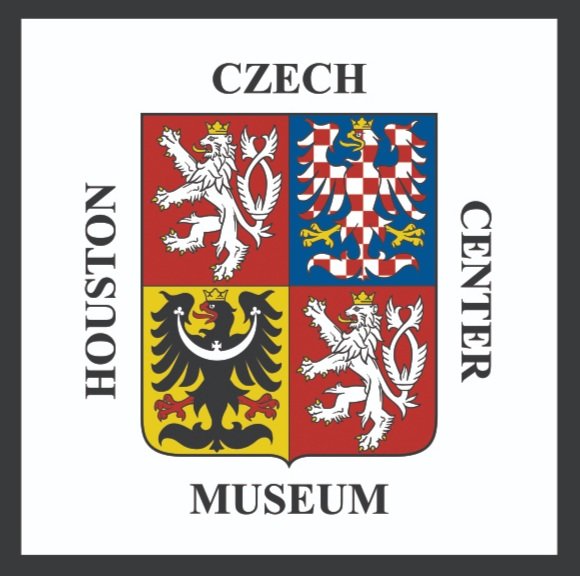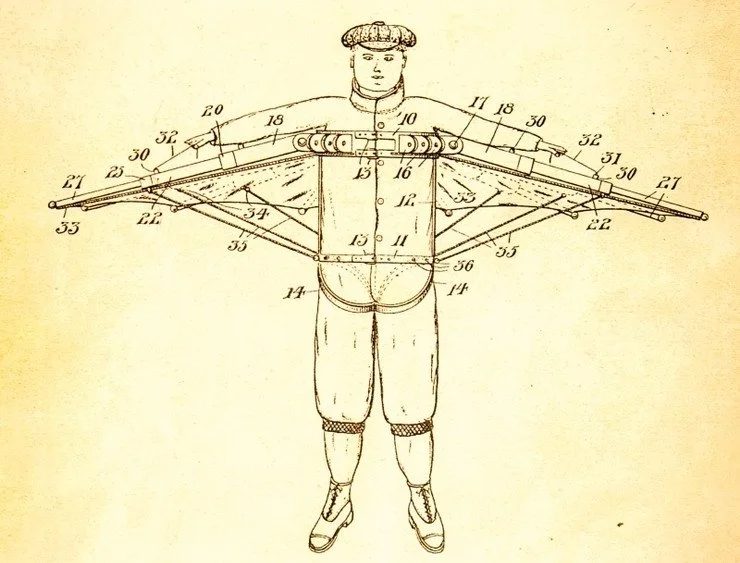The future of travel in Prague integrates environmental consciousness, quietness, efficiency, and quality, all through the Ring Road, intended to be complete in two years. As work on the road progresses, new discoveries are made, such as axes, hammers, and corkscrews from the Neolithic era and kitchen ceramics, iron and bronze tools, and glass beads from the Hallstatt era, for example. Their discoveries come from one of the greatest archeological efforts seen in the Czech Republic. Even now, and perhaps in the far future, old life is uncovered in preparation for the Ring Road’s finished construction.
Rock ‘n’ Roll in Communist Czechoslovakia
Rock ‘n’ roll was a major vehicle for great change in Czechoslovakia. At first, it was restricted by the state to only be Czech covers of famous Western singers and bands, done by Czech stars such as Karel Gott and Jiří Korn, and the public could not buy, sell, or distribute any Western music album. Bands like The Plastic People of the Universe and Katapult, and song artists, opposed the Communist regime by breaking their rules and directly speaking out against them, respectively. The trouble they caused for their government soon turned into action and protests.
The Diary of Věrka Kohnová
Věrka Kohnová was a young Czech girl who sadly lived the last of her life in fear. During this time, she kept a diary she wrote into, giving future readers into a glimpse into the life of Czechoslovakians under Nazism, similar to how Anne Frank kept and wrote in her diary. One of her most poignant thoughts were about whether Jews like her would ever see their stuff or return to their old lives again. It was in 2006 that her diary was published.
Gabriela Jílková: Czech Race Car Driver
Bedřich Smetana and the Prague Spring International Music Festival
The Prague Spring International Music Festival (not related to the 1968 Prague Spring) is a festival established by the Czech Philharmonic Rafael KubelÍk to commemorate the death of Czech composer Bedřich Smetana. Every opening night for the last 80 years, Smetana’s national masterpiece Má Vlast is played by a different orchestra. Smetana’s music life began in his youth, developed further by collaboration with one of his inspirations, Liszt. This 2025, Semyon Bychkov will conduct the next opening.
A (Nationalist) Puppet on a String
Puppeteering in Bohemia preserved the Czech culture and language, preventing both from being wiped out by Hapsburgs who pushed for the Germanization of the Czech lands. Puppetry’s been practiced in Bohemia for centuries, beginning in the 16th century, used for religious and folk ceremonies. Not only has Czech puppeteering protected Czech identity in during the Hapsburg era, but also into the occupation of Czechoslovakia by the Nazis.
Liberation of Plzeň, České Budějovice, and Karlovy Vary
Between May 7 and 8 in 1945, the Nazis surrendered to the Allied forces in Plzeň, České Budějovice, and Karlovy Vary. It took weeks of fighting and many casualties to effectively force a surrender from the German High Command. It was through the collaboration of the Soviet and US forces that the liberation was able to take place. Much celebration, the day of and after, was abound.
Czech Dolls Mini-Exhibit
An important staple of Czech and Slovak culture, kroj-wearing dolls are popular toys and figures that many generations have played with and cherished. These dolls are made with a variety of quirks and features, such as closing their eyes while in a lying position or having rosier cheeks. One company, Lidova Tvorba Uhersky Brod, heavily promoted their dolls all over Slovakia, Europe, and the world, winning accolades for their efforts and remaining one of the best-known doll makers in Slovakia. These historical dolls are on display in the Czech Center Museum Houston.
Anny Ondra: Starlet of the Silver Screen
The Czech Bedtime Routine: Večerniček
Večerniček is a late-night children’s program broadcasted in Czechoslovakia, the Czech Republic, and Slovakia. With generations of children, it has immense cultural and nostalgic value. This program has made stars out of many of the cartoons, including the famous mole, Krtek. Due to the timeslot it would broadcast on, Večerniček became a staple of the bedtime routine.
History of Czech Poetry Works
The history of Czech poetry goes as far back as the 9th century. It begins with the works of Saints Cyril and Methodius, who translated texts in the bible from Greek to Old Church Slavic, a language in which the first Czech poems were written. Since then, Czech poetry continued to flourish, even when the chosen languages of the Czechs continued to face challenges throughout the centuries. The apparent culmination of Czech poetic culture is of a poem, Máj, written by Karel Hynek Mácha.
Jiří Trnka: The Father of Czech Cinema
The so-called “Walt Disney of Eastern Europe,” Jiří Trnka began his career as an illustrator, his life soon culminating into sophisticated puppetry on film. His usual subject matter involved his puppeted takes on classic fairy tales and tales he crafted which feature profound narratives, some of which satirized his own government. His career culminated in his film The Hand, where the importance of the hand is placed above all else.
Running from Trouble and Rising to Success: Jan Antonin Bata and the Bata Shoe Company
Barborky: A Pre-Christmas Tradition
Before Christmas comes the holiday of Barborky, originating from the 12th century St. Barbara’s Feast celebration. The Saint herself is said to protect people, especially soldiers and miners, from sudden death. This holiday is celebrated in a couple ways, such as removing a branch from a cherry tree, wearing veils of white, or passing a light around mining villages.
Stefan Banic: The Man Behind the Parachute Innovation
Stefan Banic was a Slovak inventor who constructed a prototype of a parachute in 1913 and tested it in Washington D.C. in front of the U.S. Patent Office and military representatives by jumping from a 41-floor building and subsequently from an airplane in 1914. When no one was interested in buying his invention, Mr. Banic donated his patent to the United States Army Balloon Corps, in return for which the Army made him an honorary officer, even though he never could obtain United States citizenship. His patented parachute became standard equipment for U.S. pilots during the First World War.
The Hussite Reformation: Revolution and Wars
With Jan Hus’s execution at the Council of Constance in 1415, the Church and Holy Roman Emperor believed that the issues of Bohemian heresy had been successfully resolved. However, Bohemia erupted into protest and revolt in response to the death of Jan Hus. Expelling the Catholic priests and throwing the city council members from the New Town Hall windows, the Hussites of Bohemia refused to accept the authority of the Church or their king. To quell this revolution, Holy Emperor Sigismund and Pope Martin V launched an invasion and five crusades against Hussite Bohemia, calling upon the Christian world to lend them aid. However, led by a man named Jan Žižka and later Prokop the Great, the Hussites would not be so easily defeated.
Lubo Kristek: A Believer of Holographic Perception in Art
Lubo Kristek is an artist of Czech origin who assisted in furthering the European postmodern cultural movement through the usage of different media and forms. Regarding art styles, he would utilize surrealism, happening, performance art, and postmodernism. Lubo Kristek’s most notable works are mostly performance art pieces or sculptures.
History of the Czech National Theatre
The Czech Republic National Theatre serves as a reminder of the strength, persistence, and culture of its people and their history. It is remembered and held as a national symbol of the Czech Renaissance, its importance in the arts, and the unification of the people towards one goal, regardless of other factors. This theatre has had a long and fascinating history that continues today.
History of Karlštejn
Karlštejn Castle was built by Bohemian King and Holy Roman Emperor Charles IV to house holy relics and the crowns of the kingdom and empire. Karlštejn Castle consists of three different levels, those being the Imperial Palace, the Marian Tower, and the Great Tower. Throughout the castle, Karlštejn housed many jewels and precious stones, symbols of royal authority and legitimate monarchy. Karlštejn Castle remains a cultural, historical, and architectural icon in central Europe and the Czech Republic.
Alfons Mucha: Father of Art Nouveau and Proud Czech
Alfons Mucha was an illustrator and the originator of the Art Nouveau movement. After being expelled from school for doing poorly, he decided to become a professional artist but still had trouble getting accepted by the Acadamy of Fine Arts in Prague, meaning he had to begin with a modest career. With the aid of a wealthy benefactor, Mucha worked as an illustrator in Paris, where he found his first lucky break when being commissioned to work on the commercial advertisement of Sarah Bernhardt’s Gismonda. This was the moment when his career prospects and celebrity skyrocketed.












